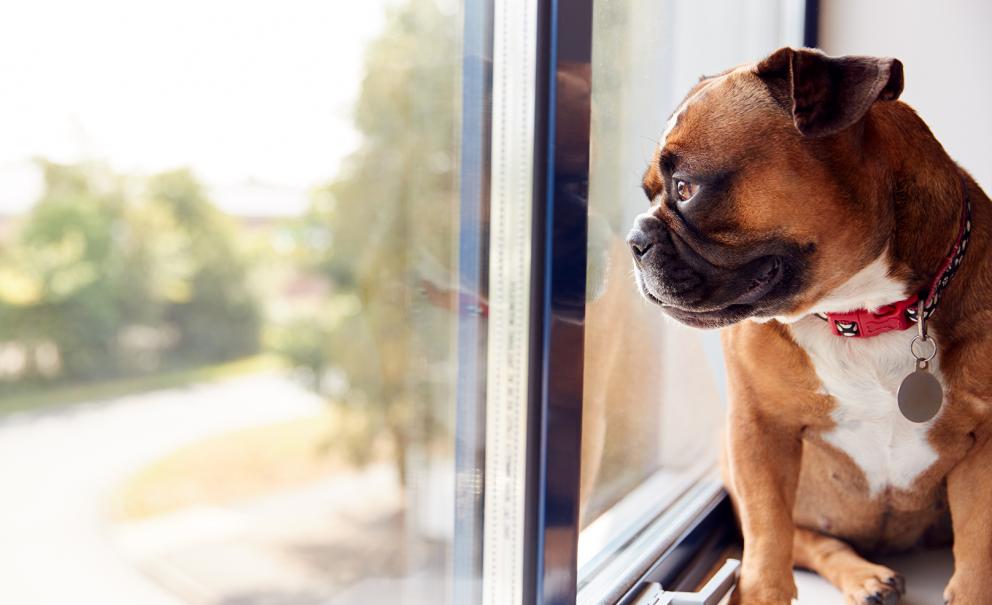You are here
6 Ways to Make Routine Adjustments Easier on Your Pet

Our pets base their routines and daily schedules around our own. When you have a pet, your schedule isn’t just yours anymore. Even small changes to your schedule can affect your pet’s anxiety and stress greatly, especially if its needs are not taken into consideration. Effort needs to be made when you know your regular schedule or daily routine will be changing - making the transition easier for your pet, will make it easier for you. If you have been spending more time at home lately, your dog or cat may have gotten used to having you around more than usual, making its own adjustments to match your routine.
If you happen to be heading back to the office soon, or your schedule is changing, you may want to ease your pet into your, and their, new routine. The following are six ways to make the adjustment of routine easier on your pet:
1. Dry runs - get your pet used to your absence by performing ‘dry runs’ of you leaving, then returning shortly after, while leaving longer periods in between as you progress. Ideally, perform dry runs at the same time that you will be leaving in the new schedule.
2. Graduated time away - leave your pet alone for slightly longer periods of time during the day to get them used to being away from you for longer, even if you are home. Leave your pets with toys and other distractions to make the experience easier. A new toy, or a toy that dispenses treats can be extra exciting and distracting. If you spend most of your time with your pet, even a few minutes alone a day can help the transition.
3. Reinforce the new schedule - your pets may expect attention at a certain time of day, and changes can be difficult. By altering the usual time of day that you are spending time with your pet, you can ease your pet into the change. Attempt making changes in small increments over time.
4. Get rid of anxious energy - try taking your dog for a walk or playing with your pet before leaving them alone. Physical activity can serve to relieve your pet’s energy. This will prevent your pet from spending their energy in less than desirable ways when you're not around.
5. Crate training - if your pet is young enough, consider crate training as an option. After being crate trained, your pet will have a place to go where they feel safe and secure. Please note that you should not leave your pet in their crate or carrier when you are home, your pet should be allowed to enter and leave their “safe space” voluntarily.
6. Check-in - have a friend or family member check in on your pet, or walk your dog when you are not home. Pets can get lonely, especially when they expect company and attention – check-ins can serve to negate this. Be sure that your pet is comfortable with the person who will be checking in beforehand. If your pet is unfamiliar or uncomfortable with the person/people you have chosen, have your pet spend time with them multiple times before making the change (play with them, take them for walks, etc.).
If your dog is exhibiting signs of anxiety, please contact your veterinarian to discuss options. Signs of anxiety include pacing, barking, howling, whining, destructive chewing. Pets that get ample exercise and have a safe space, such as a crate, are less likely to experience anxiety,
Here are some ideas from the American Veterinary Medical Association
